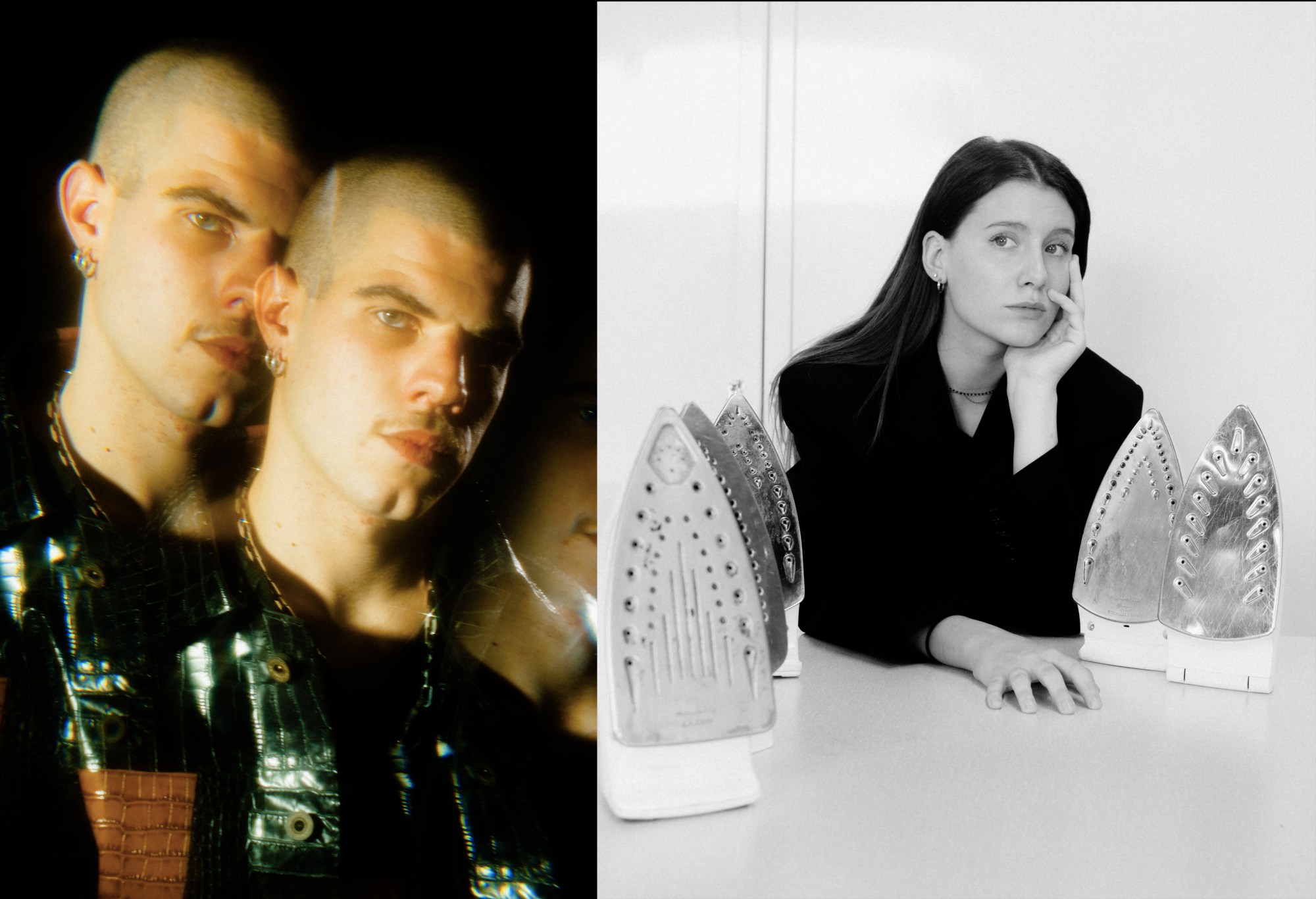Telling your family you want to go to fashion college is never easy. Ask anyone who has ever enrolled in a fashion design course. Explaining why and how an abstract concept like, “I want to draw clothes” can turn into a profession often leads to a series of misunderstandings that are difficult to move past. Yet, in Italy, the fashion industry employs around 600 thousand people according to Confindustria Moda President Claudio Marenzi. Essential prerogative for those hoping to become part of this world is to have a solid training not only in fashion history, but also in the likes of marketing strategies, design, sociology and economics.
Young, enthusiastic and prepared: this is the identikit that selectors for the big brands look for when searching for internship candidates. And the students of the IUAV University of Venice fit the description perfectly. We went to visit the them in their classrooms, stopping to photograph and chat with those who might just be the future of Italian fashion.
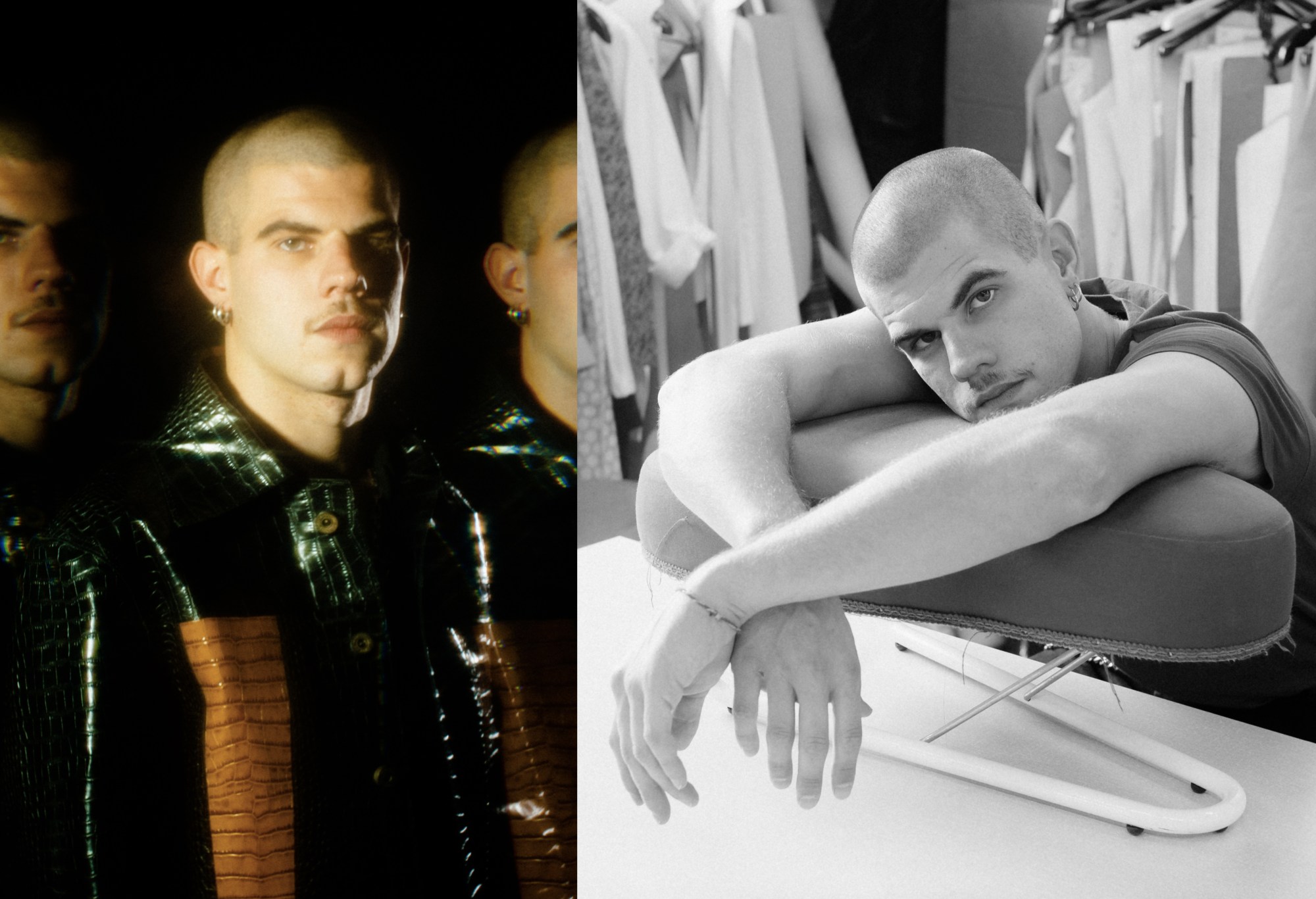
Giovanni Mareschi, 22, fashion design student
What advice would you give to those who are about to start a course at IUAV?
Roll up your sleeves! The fashion world is constantly evolving; you must always be up-to-date and ready, 24 hours a day.
Which factors feed your ideas and creations? What moves you?
To expand an idea and realise it; getting to the final project, creating a world around it and seeing it take shape in every detail.
What’s your favourite thing about Venice?
The amount of locals and young people who are here during the year. Also the fact that it is a city in constant evolution, never static. With the city being so small and so famous, it’s easy to come across people of any kind, with any background, at any time.
What does your typical day look like?
I always start with coffee, then it depends on what I’m working on in that period: if I’m focused on a project, I find it difficult to get away from what I’m doing spend the whole day working on it. When you’re in it, doing something you like, you don’t feel tired. There’ll be time for that later!
Do you think you have to leave Italy to succeed?
I think the only thing that really matters is to seize the opportunities that come along, work hard, and move abroad if necessary.
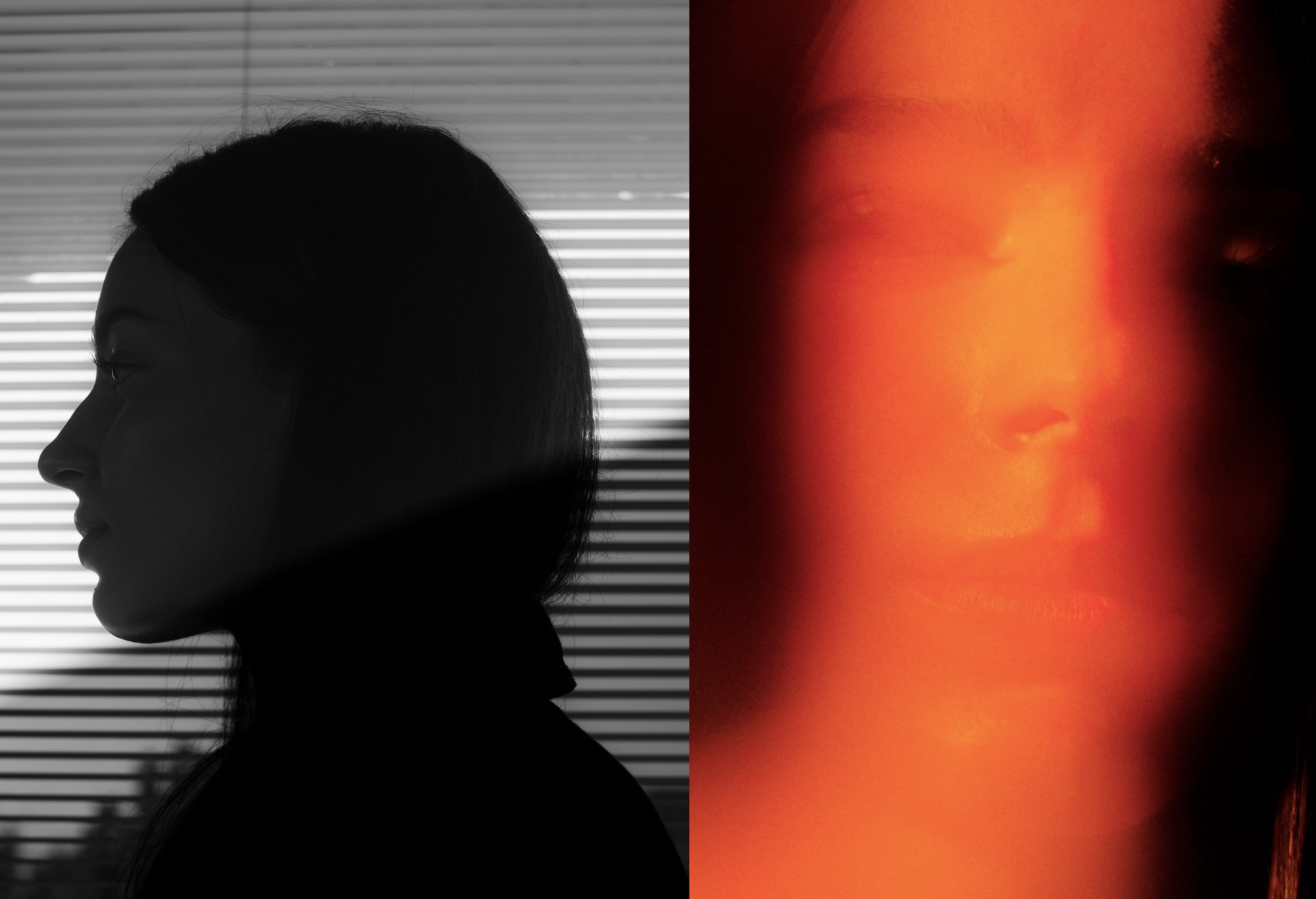
Anna Maria Scarparo, 23, student and model
Do you have a style icon or a favourite designer?
Yes, Olivier Theyskens. I feel particularly close to him especially after making my final collection, which was for me a point of arrival. I consider it a reference point for his idea of a sensual and obscure woman, with references to lingerie and the use of small metal parts, but above all, because he creates clothes that are created to fit perfectly with the body.
What do you listen to while you’re creating?
Deep house, but also Pink Floyd and Red Hot Chili Peppers.
Is there a trend you’re seeing everywhere?
Python, python and still python.
What’s the most important thing happening in Italian cultural right now?
Young Signorino.
How did you live your life as a student in Venice?
Train, university, Campo Santa Margherita, a toast at the bacaro after a test went well.
Which part of Venice do you like best?
La Giudecca.
What does your ideal day look like?
Wake up early and have breakfast. Head to some vintage flea markets and in the afternoon visit some museums. I love the nightlife and everything to do with it, but I would still prefer to end my ideal day watching a movie.
In the age of social media, where everything is connected, do you think there’s still an Italian style?
Yes, I am convinced that there is still an Italian taste and I think it’s more visible in menswear than in womenswear.
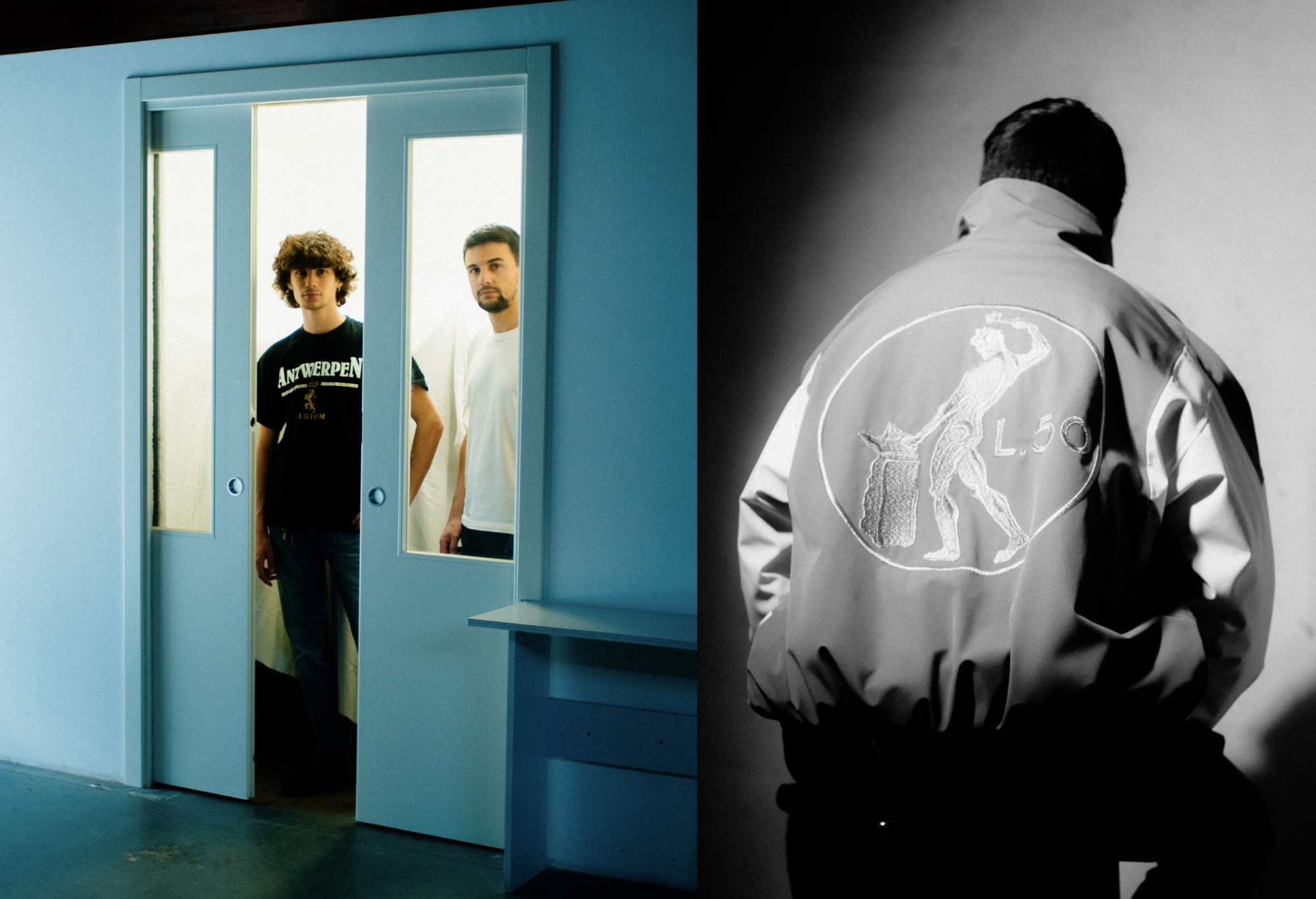
Jacopo Nordio, 22, fashion design student and Francesco Galeotti, 25, student
Which part of Venice do you feel is most yours?
J: Sestriere Castello — the most untouched by tourism.
How do people dress in Venice?
J: Venice has its own eclectic way of dressing. There’s no precise style because it is essentially turning into a sort of holiday village.
F: There are colourful, distracted tourists who seem to have stumbled out of their wardrobes but also those who choose what to wear in a much more conscious way. The fact remains that my generation, as well as the following one, is fairly standardised, often due to the lack of a market specifically conceived for us, but also due to the enormous influence of social media.
Do you have a favourite designer?
F: Raf Simons.
What advice would you give to those who are about to start a course at IUAV?
J: Try to get as much as possible from the courses offered, especially regarding design, commitment and perseverance.
F: If working in this field is really your dream, you must be willing to sacrifice numerous aspects of your life to make it happen. You’ll never stop challenging yourself, but in the end it will be worth it and you’ll be ready for anything, even outside of fashion.
Describe your generation in a word.
J: Sedated.
What feeds your ideas and creations?
F: It always starts with irony. It’s my keystone. All my best ideas came from something that made me laugh in a moment of idleness. A scene from a film, a work of art, a joke, an attitude, a person I meet on the street.
What’s your soundtrack of the moment?
J: While I create instead I mainly listen to spiritual jazz, world music and Latin music. I am a collector of vinyls.
Do you think you have to leave Italy to succeed?
F: Experiences abroad are always good, but despite all that can be said, I still believe that Italy has a lot to offer in the fashion field.
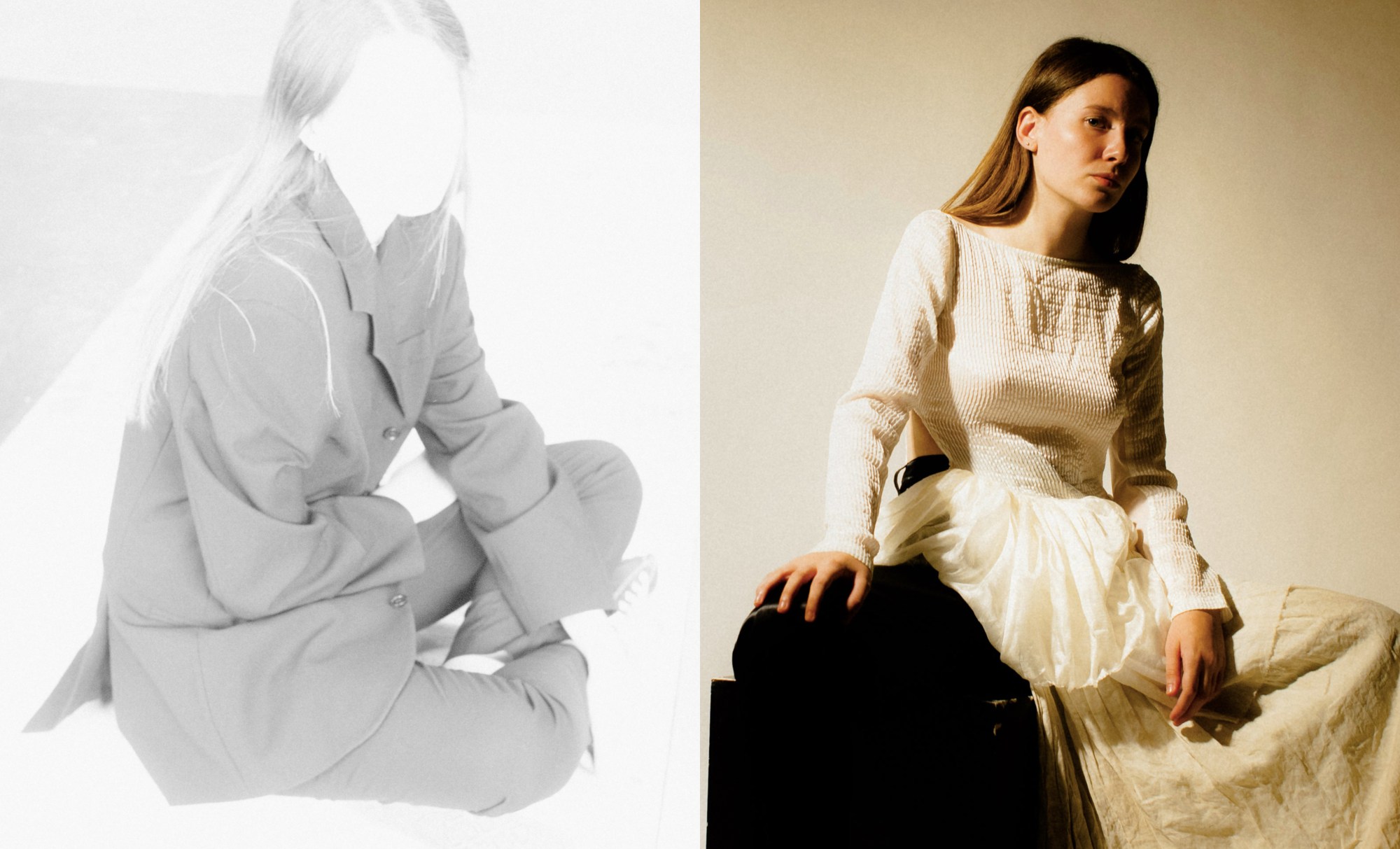
Marianna Serena, 23, student
What advice would you give to those who are about to start a course at IUAV?
Be strong, aware, and ready to make sacrifices.
What is your soundtrack of the moment?
I pass continuously from one genre to another, the only exceptions being The Strokes and The Libertines.
What would you never wear?
Anything yellow or orange!
How did you live your life as a student in Venice?
Venice is special. It’s small but populated by beautiful people, and here everyone knows each other. It has been three years of crazy nights spent sewing with friends, parties, some satisfaction and many sacrifices.
What do you love about Venice?
I don’t have a favourite area, but I love Venice at night. Its reflections in the water, looking in the illuminated windows of the old buildings, the silence that is felt between its alleys.
In the age of social networks, where everything is connected, do you think there is still an Italian style?
I think the situation is much more complex than it looks: styles today have become infinite and viral, wherever they were born.

Stefano Gallici, 21, fashion design student and musician
What advice would you give to those who are about to start a course at IUAV?
I’ll tell you three characteristics without which it is impossible to make it: passion, determination and identity. They are my daily mantra, which I repeat for all my projects, fashion and otherwise.
Describe your generation in a word.
Slow.
Which factors fuel your creative process?
The covers of punk rock, post-punk and new wave vinyl from the ’70s and’ 80s that have surrounded me since I was a child of hardcore fans. Also: the time spent with my friends, the concerts I’ve been to, travelling, anything to do with rock and roll. That’s where everything starts, then I branch into literature, art and cinema.
What do you generally listen to while creating?
Right now Sister Morphine by the Rolling Stones.
How do people dress in Venice?
Bad.
What is the thing you love most in Venice?
Billiards, a few years ago. It was a small club that occasionally did concerts too. My most beautiful evenings in Venice are attached to a memory of this place.
In the age of social media, where everything is connected and connected, do you think there is still an Italian style?
I believe that this was lost a long time ago.

Riccardo Ballarani, 27 and Massimiliano Mucciarelli, 25, both visual arts and fashion MA grads
What advice would you give to those who are about to start at IUAV?
M: Get ready for sleepless nights. Dark circles are cool, after all.
A: WRONG! The error is fundamental!
How did you live your life as a student in Venice?
M: It was and still is intense. Venice is a bit like living in a bubble.
A: Initially I felt protected, then suffocated. After all, it is a swamp. Fortunately, there is also Marghera.
What’s the most important thing happening in the 2018 cultural scene?
A: The elasticity and ease with which today we can move from one medium to another.
Do you have a style icon?
M: No, but I feel close to that small circle of creators who start collaborations with musicians: Yang Li, Pan Daijing, Luigi Yamamoto, Michael Gira, Ximon Lee and Alcantara Mojo Jungle.
Which factors feed your ideas and creations? What moves you the most?
M: Music. Then Gaspar Noé, Wong Kar-Wai and the novels of Zhang Ailing.
A: Music, theatre (Antonio Rezza) and independent comics.
How do people dress in Venice ?
M: Certainly better than me.
Where do you see yourself in ten years?
M: In jail. I’m a criminal.
A: I really hope to find myself among those who will have no reason to fight with the robots.
Do you think you have to leave Italy to succeed?
A: I don’t want to limit myself. I will follow the flow.

Massimo Simonetto, 25, student and actor
What advice would you give to those who are about to start fashion at IUAV?
Do not try to make saleable products, instead, make sure that your castings welcome people of different ethnic groups, trans people, non-binary people and people with disabilities.
Describe your generation in a word.
Queer.
What factors fuel your ideas?
For each of my projects I find it fundamental to start with the materials in their concreteness and physicality. My working method is instinctive and closely linked to the body, movement and dance: I always try to create objects that take life on the body of the wearer. Each of our actions is a political affirmation: it excites me to give visibility to the people I love and who love me.
What is the most important thing that is happening in the contemporary cultural scene?
The increasingly widespread refusal to submit to the cis-hetero rules of the patriarchy.
How did you live your life as a student in Venice?
I commuted to Venice for five years. Train journeys have always been good opportunities to put ideas in order and find new ones.
Which part of Venice do you like best?
The empty beaches of Pellestrina.
In the age of social media, where everything is connected and connected, do you think there is still an Italian style?
I do not believe in nationalisms.
What are your hopes for 2019?
To graduate and become a drag queen.
Where do you see yourself in ten years?
In a house in the mountains, cultivating the land.

Dylan Colussi, 24
Do you have a style icon or a reference designer?
Walter Van Beirendonck, my first love and the proof that with fashion we can discuss everything.
Is there anything you’re seeing everywhere in your circle of friends?
Lots of positive impatience.
What’s the most important thing happening in the Italian cultural scene in 2018?
We are all realising that it is no longer possible to keep your mouth closed or to speak quietly.
Which part of Venice do you like best?
There is a bridge near Campo San Giacomo, short and very narrow, where it seems to cut the island perfectly in half.
Do you think you have to leave Italy to succeed?
Not at all, on the contrary: this is the moment for those who want to succeed and want to claim their own space in our country.
Where do you see yourself in ten years?
Exactly how I see myself now, a bit on the sidelines.
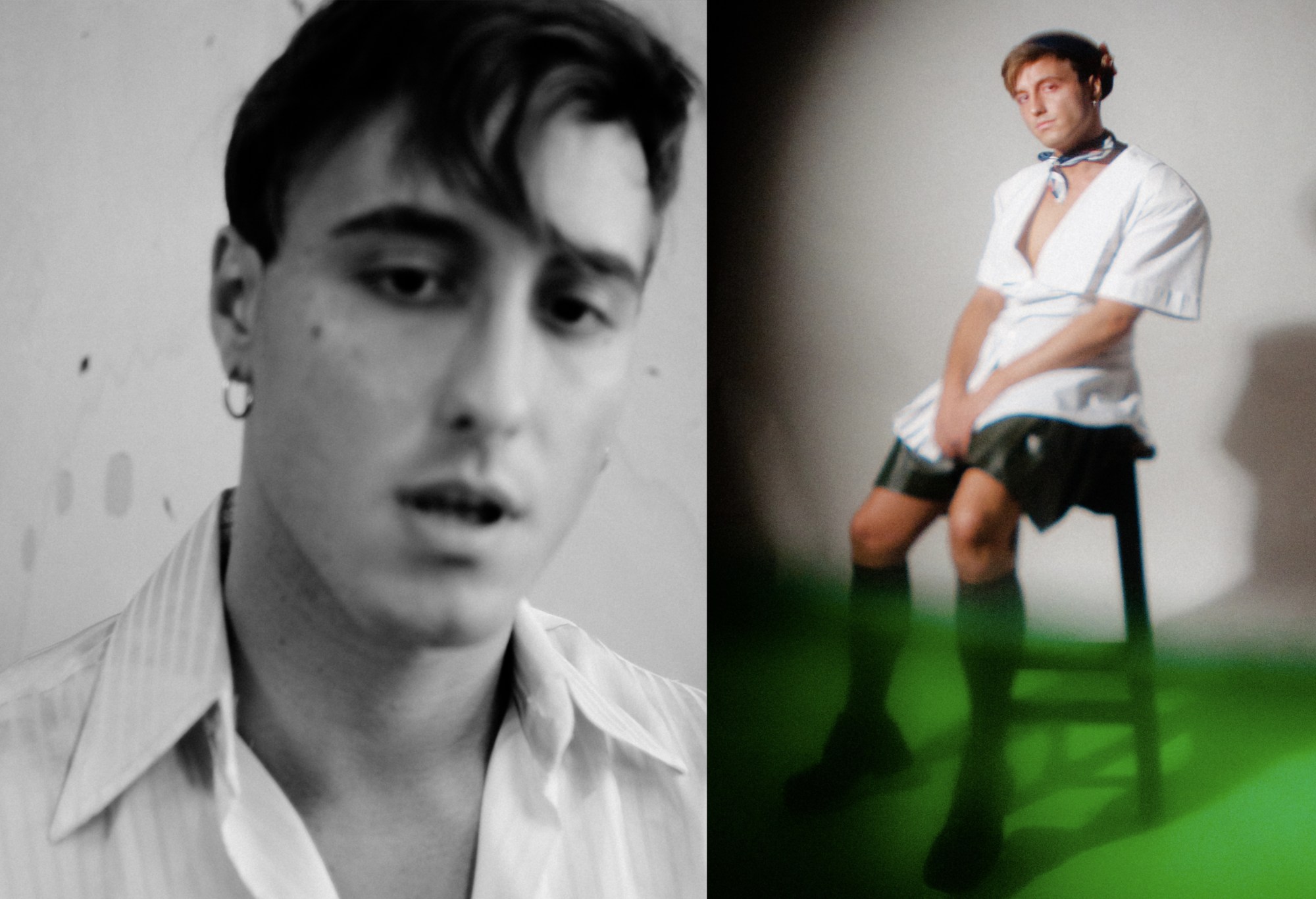
Giovanni Pacienza, 23, fashion design student
What advice would you give to those who are about to start fashion at IUAV?
Experiment as much as possible. Go outside the box. Have fun in every laboratory that the IUAV Moda curriculum offers.
Describe your generation in a word.
Ambiguous.
What would you never wear?
Sweatpants.
Do you think you have to leave Italy to succeed?
I think the secret of success is to believe in oneself, the rest then goes into the background.
Where do you see yourself in ten years?
At my desk, drawing.
Credits
Photography Alessio Costantino
Interviews Mattia Ruffolo
Editorial assistant Giorgia Imbrenda
Special thanks to Maria Luisa Frisa, Mario Lupano, Gabriele Monti, Saul Marcadent, Marta Franceschini, IUAV Venice.
This article originally appeared on i-D IT.
